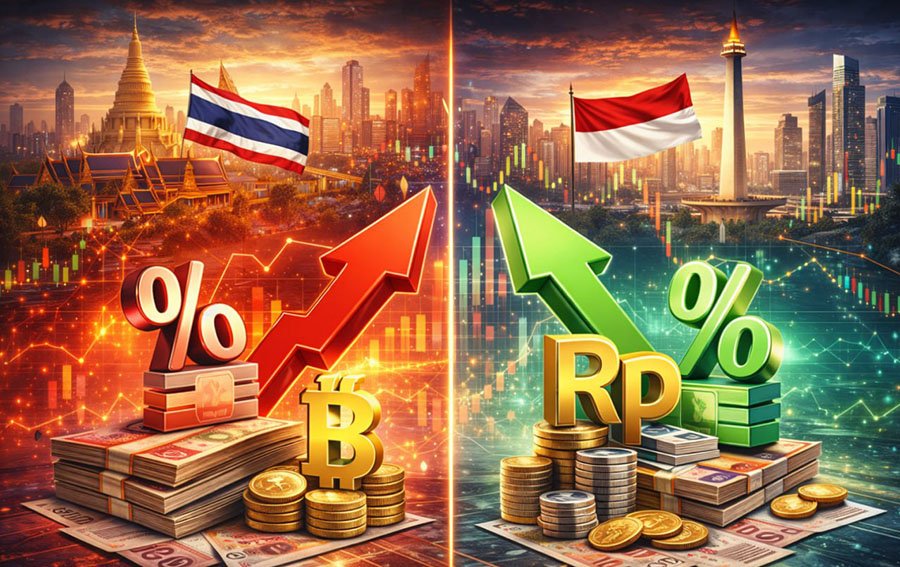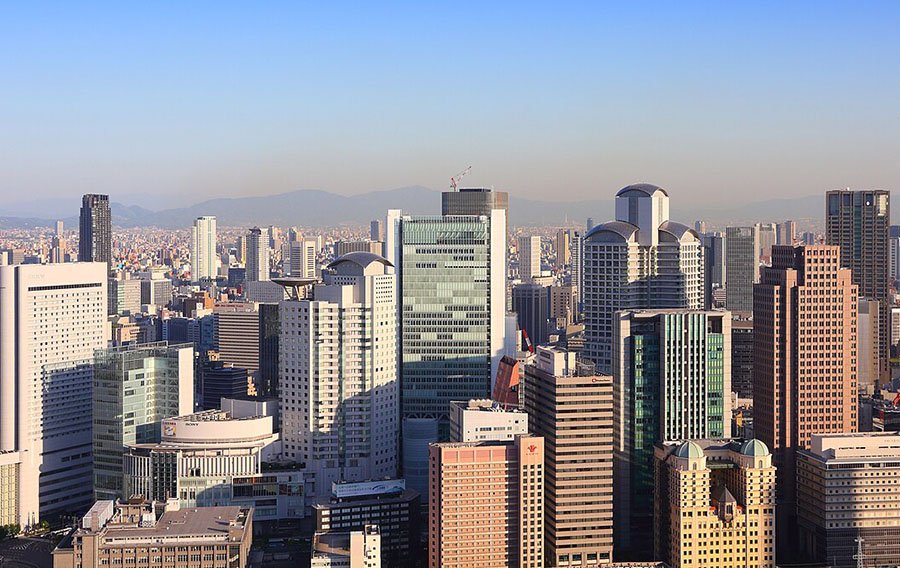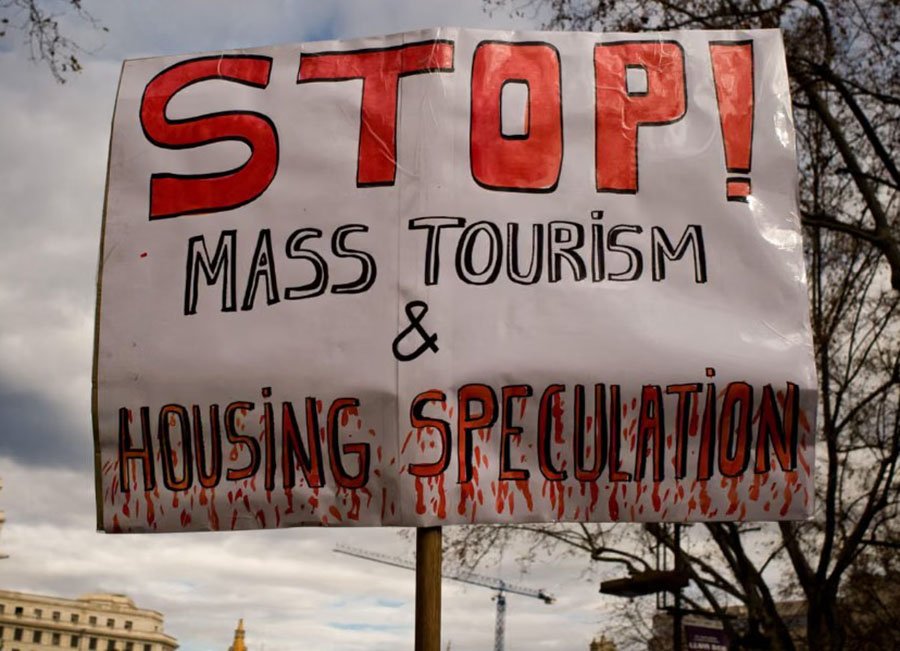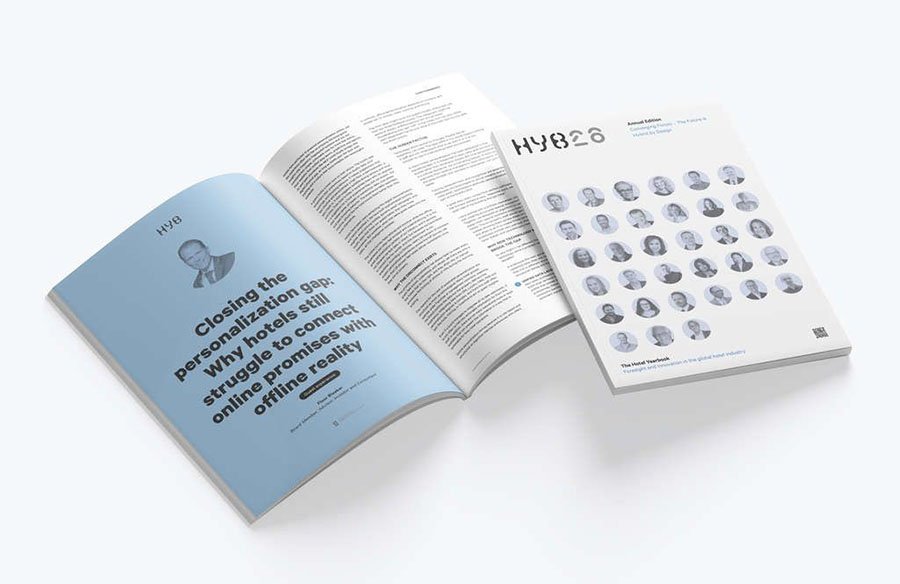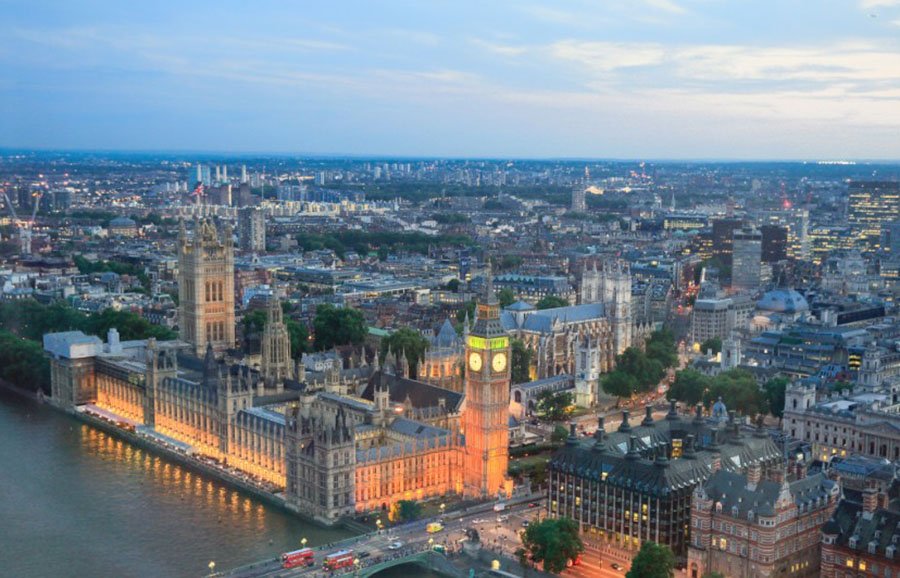Montenegro's Real Estate Investment in 2025: Record Growth Amid Market Correction Risk
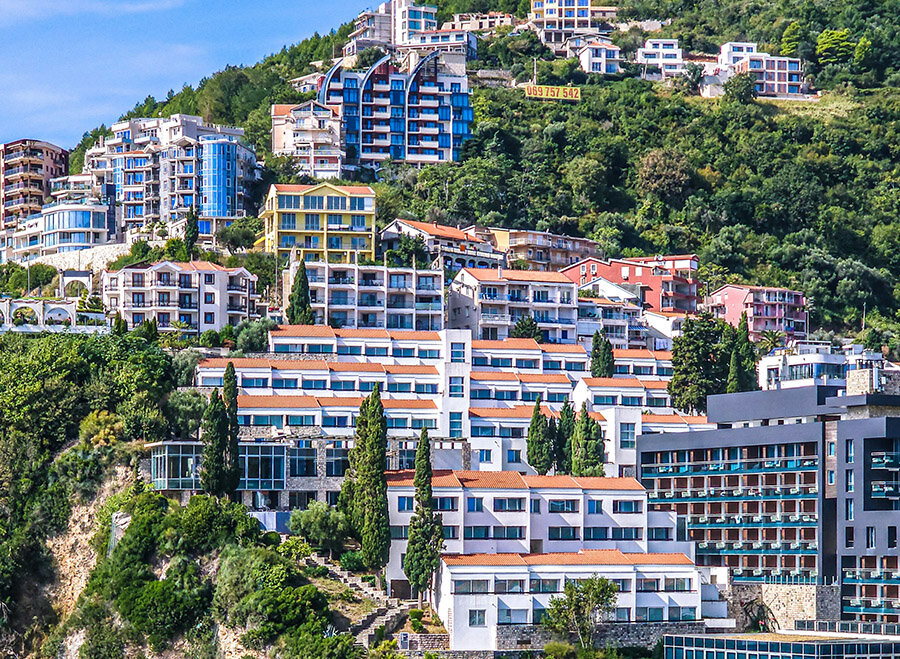
Foreign investments in Montenegro’s real estate sector reached €113.5 million in Q1 2025, marking a 21% increase compared to the same period in 2024. This growth comes amid a notable decline in foreign capital flowing into other sectors of the economy. According to Standard, foreign buyer interest in Montenegrin property has quadrupled over the past five years, with housing prices rising by 50%.
Price Trends and Foreign Capital Surge
According to Montenegro’s Central Bank (CBCG), total foreign direct investment (FDI) in January–March 2025 stood at €211 million, with real estate accounting for 54%—a continuation of a strong trend. In 2019, property made up just 23% of foreign investment, dropping to 17.4% in 2020, before climbing to 30% in 2021 and hitting 54% again in 2023 and 2025.
Since 2019, foreigners have invested €2 billion in Montenegrin property, while sectors like banking and business saw a sharp drop. Investments in companies fell 40% year-on-year (from €36.1M to €21.6M), and intercompany loans decreased from €75.5M to €70M.
Top investors in Q1 2025 were from Serbia (€19.2M), Turkey (€16M), and the USA (€13.8M), followed by Germany (€11.5M), Cyprus (€5.3M), and Russia (€4.7M). Smaller but notable volumes came from the UAE, Switzerland, UK, Kosovo, Poland, Ukraine, and the Czech Republic.
Local Demand and Lending Boom
Montenegrins are also buying more homes, thanks to higher wages and lower mortgage rates. Housing loans in Q1 2025 reached €49 million, nearly double the €26 million from the previous year.
Still, foreign investors sold €14.7 million worth of property in the same quarter—13% of their purchases. The biggest sellers were again from Serbia (€4M), followed by Georgia, the UK, Bosnia and Slovenia.
Housing Prices at All-Time High
According to Monstat, the average price per square meter in new developments was €1,943 in Q4 2024—an 8% annual increase and up €600 from early 2022. These stats exclude high-end resorts like Porto Montenegro or Luštica Bay.
Low-cost housing built by solidarity funds is still available at around €589/sq.m but forms a tiny fraction of the market, primarily in central municipalities outside Podgorica.
Correction on the Horizon?
Montenegro’s Ministry of Finance believes prices are overvalued due to speculative demand. A gradual correction is expected to stabilize the market and reduce the risk of a real estate bubble.
The IMF forecasts 3.2% GDP growth in 2025 and inflation stabilization at around 3%, signaling a healthy but not overheated economy. However, risks remain: tourism dependency, energy insecurity, and global volatility.
Подсказки: Montenegro, real estate, property prices, foreign investment, IMF, housing market, Balkans, EU enlargement, Porto Montenegro, housing loans, mortgage, Serbia, Turkey, USA, inflation, GDP growth







